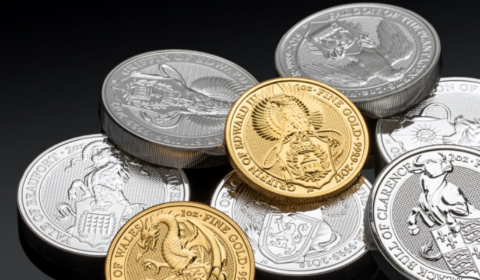How Individuals Can Safeguard Their Investment during These Volatile Periods

To the average investor, the existence of both bull and bear markets is common knowledge. So, what happens when market volatility is extremely high? An unwise course of action could result in the loss of all progress made. Investors may be able to hedge against losses and even profit from growing volatility by employing non-directional or probability-based trading strategies.
Why Does the Market Go through Volatile Periods?
Market volatility typically rises when investors are unsure. It can happen due to a shaky economy or as a result of disasters or tense international relations.
Ways to Safeguard Your Investment in a Volatile Market
When the market is unstable, be aware of the following aspects:
1. Don’t Let the Current State of the Market Convince You to Sell
Selling equities during a decline might turn short-term losses into long-term ones. Despite the emotional toll, maintaining your current course may be in your best financial interest. This doesn’t mean you should cling to your investments hopelessly; rather, it suggests you think rationally about an asset’s future potential and its place in your portfolio rather than letting yourself be swayed by noise and fear.
2. Keep the Big Picture in Mind
If you’re an investor for the long haul, you should expect to see your portfolio go through numerous big downturns. Bear markets have reportedly been shorter than bull markets, defined as a market decline of 20% or more. Since predicting when the market will rise or fall is extremely difficult, investors should tune out the naysayers and stick to their original plans.
3. Spread Your Investments
Your portfolio should consist of investments that generate higher returns under various conditions to spread your risk and make up for turbulent market conditions. Some stocks may perform well while the economy is growing but poorly when it is contracting. However, businesses dealing with consumer basics tend to do better during economic downturns.
Bonds and other fixed-income assets are often seen as a safe alternative to the volatility of the stock market. You can go for precious metals exchange to further protect your financial interest.
4. Accept Uncertainty
Thinking about how previous U.S. and international economic cycles played out might help you make more rational investing decisions. Concentrate on market exposure rather than market entry or exit. See how the market sustained growth over time. If you are unsure, contact an American gold investor that marvels at precious metals IRA accounts. They can guide you further.
5. Incorporate Defensive Assets for Added Security.
When stocks are down, it is helpful to have some of your wealth in defensive assets. Go for gold and silver IRA accounts to protect your interests. Keep your money in short-term bonds, which have historically been more liquid and less volatile than stocks, if you plan to spend from your portfolio within the next few years.
Final Word
Remember market volatility before placing orders. The market is most likely to experience volatility during the beginning and conclusion of the trading day, so proceed with caution if you decide to trade during those times. Always keep a backup; invest in gold and silver investment companies to safeguard your financial interest in the long run






